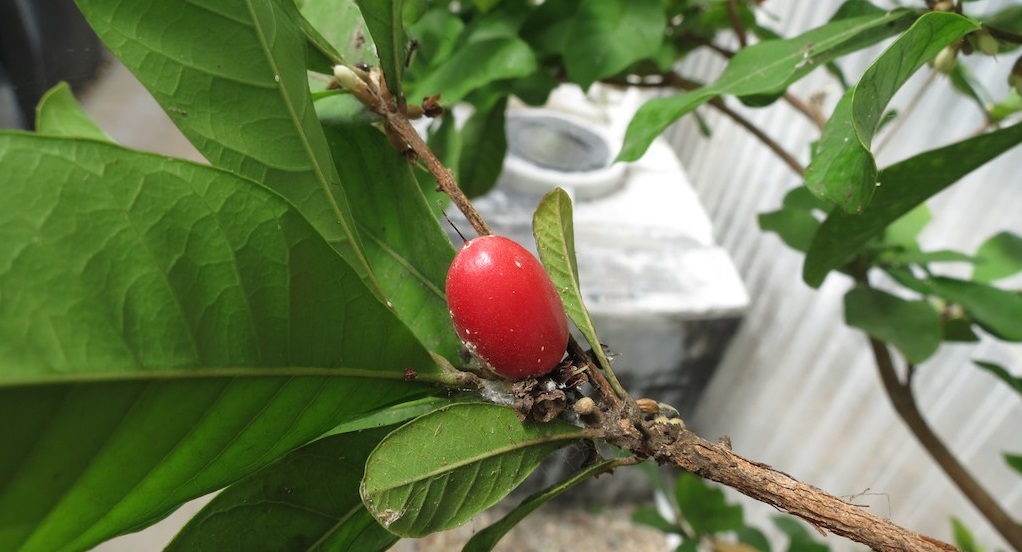Miracle fruit, also known as miracle berry, miraculous berry and sweet berry, is a plant known for its berry that, when eaten, causes sour foods, such as lemons and limes, subsequently consumed to taste sweet. This effect is due to miraculin. Take a look below for 22 more fun and interesting facts about miracle fruit.
1. Miracle fruit has low sugar content and a mildly sweet tang. It contains a glycoprotein molecule, with some trailing carbohydrate chains, called miraculin.
2. When the fleshy part of the miracle fruit is eaten, miraculin binds to the tongue’s taste buds, causing sour foods to taste sweet.
3. At neutral pH, miraculin from miracle fruit binds and blocks the receptors on your tongue, but at low pH miraculin binds proteins and becomes able to activate the sweet receptors, resulting in the perception of sweet taste.
4. The effect of miraculin from miracle fruit lasts until the protein is washed away by saliva, which can take up to 30 minutes.
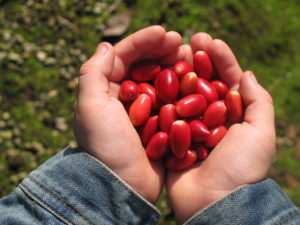
5. The names “miracle fruit” and “miracle berry” are shared by Gymnema sylvestre and Thaumatococcus daniellii, which are two other species of plant used to alter the perceived sweetness of foods.
6. Miracle fruit has been used in West Africa since at least the 18th century, when European explorer Chevalier des Marchais provided an account of its use there.
7. In the 1970s in the United States, an attempt was made to commercialize the fruit for its ability to turn unsweet foods into sweet woods without a caloric penalty, but ended in failure when the U.S. Food and Drug Administration classified the berry as a food additive.
8. Miracle fruit is a shrub that grows between 1.8 and 4.5 meters, or 6 and 15 feet, in height and has dense foliage.
9. Miracle fruit leaves are 5 to 10 centimeters long, 2 to 3.7 centimeters wide and glabrous below. They are clustered at the ends of the branchlets.
10. The flowers of the miracle fruit tree are white.
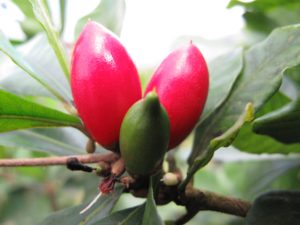
11. The miracle fruit tree carried red, 2 centimeter long fruits. Each fruit contains just one seed. The seeds are about the size of coffee beans.
12. Miracle fruit grows best in soils with a pH as low as 4.5 to 5.8, in an environment that’s free from frost and in partial shade with high humidity. It’s tolerant of drought, full sunshine and slopes.
13. Miracle fruit seeds need 14 to 21 days to germinate. A spacing of 4 meters between plants is necessary.
14. Miracle fruit plants first bear fruit after growing for approximately 3 to 4 years. They produce two crops per year, after the end of the rainy season.
15. Evergreen miracle fruit plants produce small, red berries, while white flowers are produced for many months of the year.
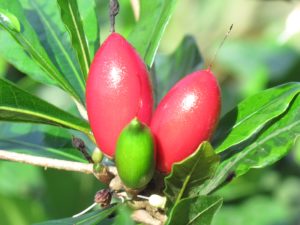
16. In Africa, miracle plant leaves are attacked by lepidopterous larvae, and fruits are infested with larvae of fruit flies.
17. In tropical West Africa, miracle fruit pulp is used to sweeten palm wine. Historically, it’s also been used to improve the flavor of soured cornbread.
18. Miracle fruit has been used as a sweetener and flavoring agent for diverse beverages and foods, such as beer, cocktails, vinegar and pickles, in tropical West Africa.
19. Miracle fruit is on the EU list of Novel Foods, and requires a safety assessment before it can be sold as food or used as a food additive.
20. Since 2011, the U.S. FDA has banned the importing of miracle fruit from its origin in Taiwan, stating that it’s an illegal undeclared sweetener.
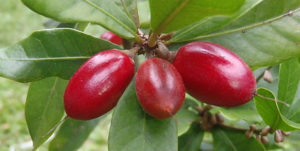
21. Propagation of miracle fruit is either by seed or cuttings.
22. Miracle fruit is not a great source of traditional nutrients, but there are notable amounts of vitamin C, vitamin K, vitamin A, vitamin E and various amino acids that the body requires for numerous functions.

